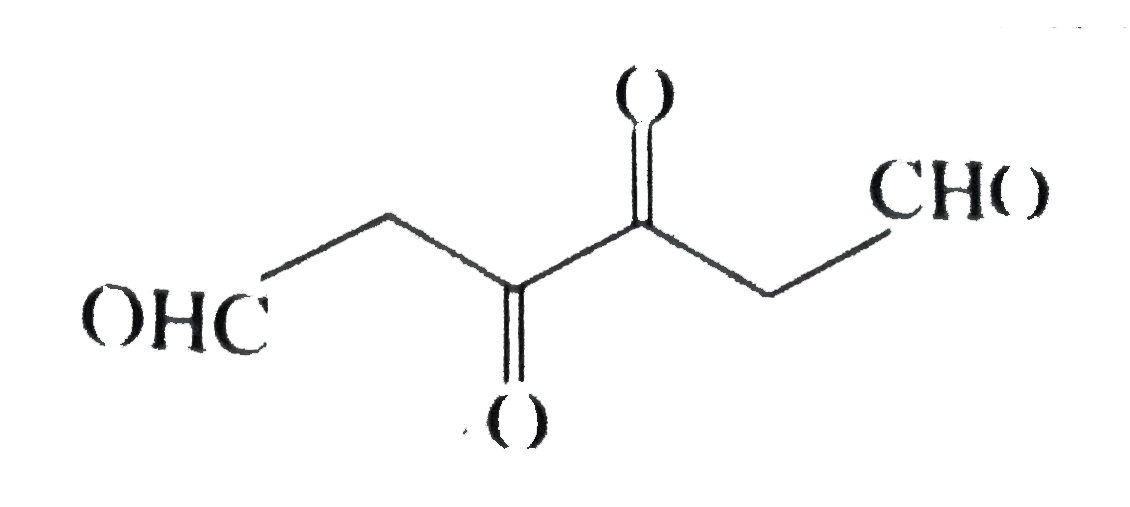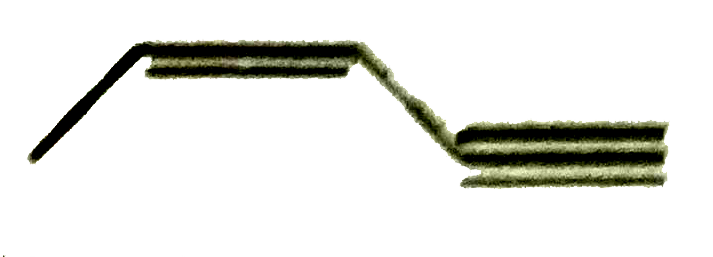Statement -I petroleum is mixture of many different hydrocarbons of different densities.
Statement -II: The grade of petroleium depends mainly on the relative proportion of the different hydrocarbons
Both the statements are individually true and statement II is the correct explanation of statement I
Both the statements are individually true but statement II is not correct explanation of statement I
Statement I is true but statement II is false
Statement I is false but statement II is true
The correct Answer is:B
To analyze the statements provided in the question, we will evaluate each statement individually and then determine their relationship.
Step 1: Evaluate Statement I
Statement I: "Petroleum is a mixture of many different hydrocarbons of different densities."
- Explanation: Petroleum is indeed a complex mixture that consists of various hydrocarbons, including alkanes, cycloalkanes, and aromatic hydrocarbons. These hydrocarbons can vary significantly in their molecular weights and densities. Thus, this statement is true.
Step 2: Evaluate Statement II
Statement II: "The grade of petroleum depends mainly on the relative proportion of the different hydrocarbons."
- Explanation: The grade of petroleum refers to its quality and usability, which is influenced by the types and proportions of hydrocarbons present. For instance, a higher proportion of lighter hydrocarbons (like gasoline) may indicate a higher quality petroleum for certain applications, while heavier hydrocarbons (like asphalt) may indicate lower quality. Therefore, this statement is also true.
Step 3: Determine the Relationship Between the Statements
- Both statements are true. However, they address different aspects of petroleum. Statement I describes the composition of petroleum, while Statement II discusses how the composition affects the grade of petroleum.
Conclusion
Both statements are individually true, but Statement II does not provide an explanation for Statement I. Therefore, the correct interpretation is that both statements are true but not directly related in a cause-and-effect manner.
Final Answer
Both Statement I and Statement II are true, but Statement II does not explain Statement I.
---
Statement I: "Petroleum is a mixture of many different hydrocarbons of different densities."
Statement II: "The grade of petroleum depends mainly on the relative proportion of the different hydrocarbons."
- Both statements are true. However, they address different aspects of petroleum. Statement I describes the composition of petroleum, while Statement II discusses how the composition affects the grade of petroleum.
Both statements are individually true, but Statement II does not provide an explanation for Statement I. Therefore, the correct interpretation is that both statements are true but not directly related in a cause-and-effect manner.
Both Statement I and Statement II are true, but Statement II does not explain Statement I.
Topper's Solved these Questions
Similar Questions
Knowledge Check
Statement I: Lights of different colors travel with different speeds in vacuum.
Statement II: Speed of light depends on medium.AStatement is True, Statement II is True, Statement II is correct explanation for Statement IBStatement I is True, Statement II is True, Statement II is NOT a correct explanation for Statement I.CStatement I is True, Statement II is False.DStatement I is False, Statement II is True.Statement-1: Tension in a massless string may be different at different points.
Statement-2: Net force on a massless object is zero.AStatement-1 is true, statement-2 is true and statement-2 is correct explanation for statement-1.BStatement-1 is true, statement-2 is true and statement-2 is NOT the correct explanation for statement-1.CStatement-1 is true, statement-2 is false.DStatement -1 is false, statement -2 is true.Statement I: Distance and displacement are different physical quantities.
Statement II : Distance and displacement have same dismension.AStatement I is true, Statement II is true, Statement II is a correct explanation for Statement I.BStatemnt I is true, Statement II is true, Statement II is true, Statement II is false.CStatement I is true, Statement II is false.DStatement I is false, Statement II is true.
How many different six carbon hydrocarbons on reductive ozonolysis give the same product shown below?

View SolutionStatement-1 : In a photoelectric effect experiment different photoelectron have different kinetic energy.
and
Statement-2 : In the incident radiation different photons must have different energy.
View SolutionThe hydrocarbon
 has different carbons in hybridised state as :
has different carbons in hybridised state as :
View SolutionStatement-1 : When two speres of same size but of different densities are dropped in a fluid, sphere of greater density will have greater terminal velocity.
And
Statement-2 : Greater the density and viscosity of the fluid, lesser will be the terminal velocity.
View SolutionStatement I Solubility of n-alcohol in water decreases with increase in molecular weight.
Statement II The relative proportion of the hydrocarbon part in alcohols increases with increasing molecular weight which permit enhanced hydrogen with water.
View Solution